In indoor gardening, space, or rather a lack of it, is often the major challenge. Fortunately there are a range of indoor garden systems that will not take up much space, and a range of ways to make the most of every inch of space that is available.
The Best Indoor Gardening Systems for Small Spaces

If you want to make the most of smaller indoor spaces, the first thing that you have to do is decide which growing method or methods to chose.
The type of indoor gardening system you choose will often dictate how much you are able to grow in small spaces – so it is important to make the right choice.
Here are some space-saving indoor gardening systems to consider:
Windowsill 'Farms'
First of all, you might keep things simple, with shelves that can be placed into a window with pots on to become a simple windowsill 'farm' for home growing. With shelving in a window you can fit far more plants than if you just placed pots on a windowsill.
A simple container garden on shelving can help you to make the most of all the natural daylight that is available to maximise photosynthesis for plant growth.
In such a setup you can potentially grow a range of salad leaves and herbs, and perhaps even, depending on the aspect and precise conditions, smaller tumbling tomatoes, or other fruits too.
Vertical Gardens, Stacking Planters, Planting Towers & Hanging Containers

In the windowsill farm idea, you are making the most of the vertical space in a window. But this is not the only way to make the most of the vertical dimension as well as the horizontal one.
Many other indoor growing systems also involve 'vertical gardening' – and help you grow upwards when there is not much outwards to go at.
Vertical gardens are a popular choice. These are frequently wall-mounted structures, which have planting pockets into which different plants can be placed to create green wall type indoor gardens.
You can purchase vertical gardens, or even come up with your own DIY vertical garden ideas, such as using old shoe organizers, or even making your own from reclaimed fabric or clothes.
As well as creating vertical gardens on a suitable wall, you might also consider other vertical options, like stacking planters or planting towers, that can accommodate a number of plants while taking up very little floor, countertop or shelving space.
You might also use hanging baskets and other hanging containers within a room, even where no shelving or countertop space is available.
Again, as well as buying containers, sustainable indoor gardeners can also consider making their own hanging containers from items that would otherwise be thrown away.
Countertop Hydroponic Gardening Systems
One challenge when growing in vertical gardens or some other vertical gardening structures is that it might be difficult to water or irrigate your plants. Water conservation might also be a concern, especially in areas where freshwater is in short supply.
A hydroponic garden of some kind can potentially significantly reduce the amount of water used – especially if care is taken to make sure that it is a closed-loop system.
Countertop hydroponic gardening systems are easy for beginners to use, and allow you to grow plants in a small space more quickly, with less water and other resources.
Vertical or Wall-Mounted Hydroponic Garden Systems
Where space is really tight, a vertical or wall-mounted hydroponic setup could be another interesting solution to consider.
You might create a nutrient film technique type indoors garden using large, hollow bamboo canes or reclaimed poly pipes/ guttering, to give one example.
'Barrel' Aquaponics or other Small Scale Aquaponic Systems
To make any hydroponic system more sustainable and eco-friendly, you might consider switching to an aquaponic system – rearing fish to provide the nutrients for plants, rather than purchasing nutrient solutions that are not necessarily all that kind to our planet.
You might be surprised to learn that you can raise fish in small spaces indoors, but many people are doing just that. Often, simple aquaponics systems can be set up in a space the size of a 55 gallon drum. And that space will give you not only a yield of plants but also potentially a yield of fish too.
Tips for Making the Most of Space in Indoor Gardening
Make Sure Everything is as Multi-functional as Possible
When space is limited, it's essential for every component of your indoor garden to have multiple functions. Multi-purpose items can help you save space while boosting the functionality and visual appeal of your garden.
For example, consider furniture that also acts as planters or storage units that hold both gardening tools and plants. Incorporating plant life into shelves, tables, and even seating can create a lush environment without losing practicality.
Moreover, choose plants that provide more than one benefit. Herbs can be grown not only for cooking but also for air purification and their pleasant scents. Plants like aloe vera can be used for their medicinal properties and as decorative features.
By incorporating multi-functional elements into your indoor garden, you can optimize space and utility.
Consider All Dimensions: Employ Vertical Gardening Solutions
As mentioned above, vertical gardening is an excellent way to expand your planting area without occupying more floor space. By utilizing walls, shelves, and vertical structures, you can grow a variety of plants in a compact area.
As well as thinking about vertical gardens, and the other structures that allow you to grow in upper areas of rooms or on walls to keep surfaces clear, you should also think about how else you can make use of the vertical space.
Use trellis or stakes, for example, to grow plants vertically, rather than allowing them to sprawl out in a pot or planter. And make sure that in multi-plant growing areas/ containers you layer plants with shorter ones below taller ones, choosing companion plants carefully to create biodiverse polycultures of plants. This is important outside but can be helpful for indoor gardens too, to make the most of the space available and maximise yield.
Make the Most of Any Natural Daylight
Maximizing the use of natural daylight can reduce the need for artificial lighting. So while grow lights will usually also be required when growing edible crops indoors, making the most of whatever natural light is available is a good idea since it can help cut energy use and allow you to grow as many healthy plants as possible.
With any indoors growing system, it is a good idea to think about the space just as you would an outside garden – analysing its characteristics to decide which crops you would be best to grow. Think about what windows, if any, there are, and which way they are facing. When does the area you are planning on placing your garden get sun, and how does this change throughout each year?
In the northern hemisphere, south facing windows provide the most consistent and intense light, making them ideal for sun-loving plants but perhaps less ideal for those that need protection from direct sun in summer. Using sheer curtains can help protect plants.
Where natural light levels are low, you can sometimes use mirrors or reflective materials to bounce light around the room, ensuring even distribution. This can help get more light into different areas of a room, making it more suitable for indoors gardening systems.
Use Grow Lights Well and Efficiently

When natural light is unavailable or insufficient, grow lights become essential for indoor gardening. If you want to grow food indoors then grow lights will almost always be required.
LED grow lights are energy-efficient and provide a full spectrum of light suitable for plant growth. These are typically the best option for home growers because of their energy efficiency and the fact that they do not become too hot during use.
Once you have chosen the right lights for your needs, place them at an appropriate distance from plants to prevent burning or insufficient light exposure. Adjustable fixtures can help maintain the right distance as plants grow.
Automate your lighting schedule to mimic natural daylight patterns, ensuring plants receive the right amount of light each day and monitor and adjust this as needed based on the specific plants you are growing and their stage of growth.
By getting the right plant lights and using them correctly, you can potentially use spaces within you home that you could not grow in before and really make the most of every inch of your space.
Think About Growing Hydroponically
As mentioned earlier in this article, growing hydroponically can have several space-saving benefits. Hydroponic systems can be designed to fit small spaces, such as kitchen countertops or under cabinets.
There are also stacking systems available, and through purchasing items or taking a DIY approach, it is also possible to create a hydroponic vertical garden.
Growing hydroponically, you will get a higher yield from the same amount of space each year, because when grown in hydroponic indoor gardening systems, plants can often grow faster than they would do when grown more conventionally in a soil-like or soil-based growing medium.
Consider Space-Saving Containers
Selecting the right containers for your growing efforts will make a big difference to how much you are able to grow in the indoors space you have available to you.
Self-watering pots, for example, can minimize the need for frequent watering and prevent overwatering, making them a convenient choice for busy gardeners.
Stackable planters offer a vertical solution, allowing you to cultivate multiple plants within a limited area.
Hanging planters are excellent for utilizing ceiling space while also adding a decorative touch to your space.
Window boxes are ideal for growing herbs and small vegetables in tight spaces like windowsills, providing a practical solution for narrow areas.
Different solutions will suit different settings but you are sure to be able to find the right space-saving solution for you as you think about, design and create your perfect indoor gardening system.
Make Wise Plant Choices
Choosing the right plants for your indoor garden is essential for optimizing space. Opt for compact varieties, such as dwarf or miniature versions of larger plants, to conserve room.
High-yield crops, like herbs, salad greens, and cherry tomatoes, are ideal because they produce a substantial amount of food relative to their size.
Slow-growing plants are advantageous as they need less frequent repotting and maintenance, making them easier to manage in limited spaces.
Selecting multi-purpose plants can also enhance the functionality of your garden, as these plants can serve several roles, such as culinary use, air purification, and aesthetic appeal. Making well-informed plant choices ensures that your garden remains both productive and manageable.
Rotate, Prune and Train Indoor Garden Plants
Caring for plants correctly is also important in an indoors garden. Beyond providing the right environmental conditions and care, it is also important to make sure that you rotate, prune and trail plants that require it at the right times and in the right ways.
It is a good idea to rotate indoor plants regularly so that they do not become lopsided as they grow towards the light. This can help to make sure that plants will not take up more space than they need to in your indoor gardening system.
Pruning is also often important in order to make sure that plants remain healthy, and also remain at a manageable size suited to the space in which they are grown. Even if you do not prune above-ground growth, root pruning can sometimes be useful to keep a plant's size in check.
Not all plants need pruning, but make sure you understand when and how to prune the plants that do.
Providing the right support for climbing or vining plants that need it can also help to ensure that these plants do not sprawl and take up too much space. The right cordon system, for example, can allow you to grow much more in small space indoor gardens.
Plan, prepare and plant for year-round growing in small spaces to make the most of time as well as space, embrace smart technologies to maximise yields but do not be afraid to go old-school where necessary. Do these things and remember the tips above and you should not go too far wrong with your indoor garden.
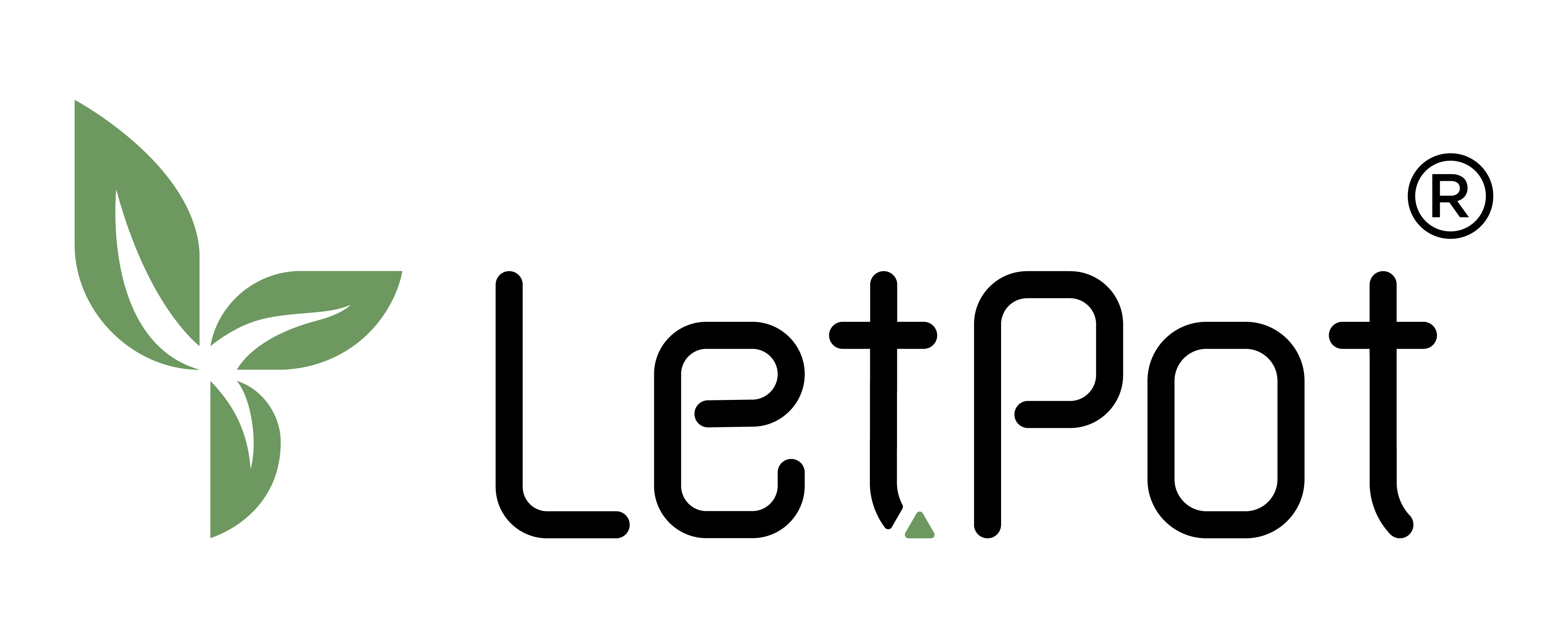

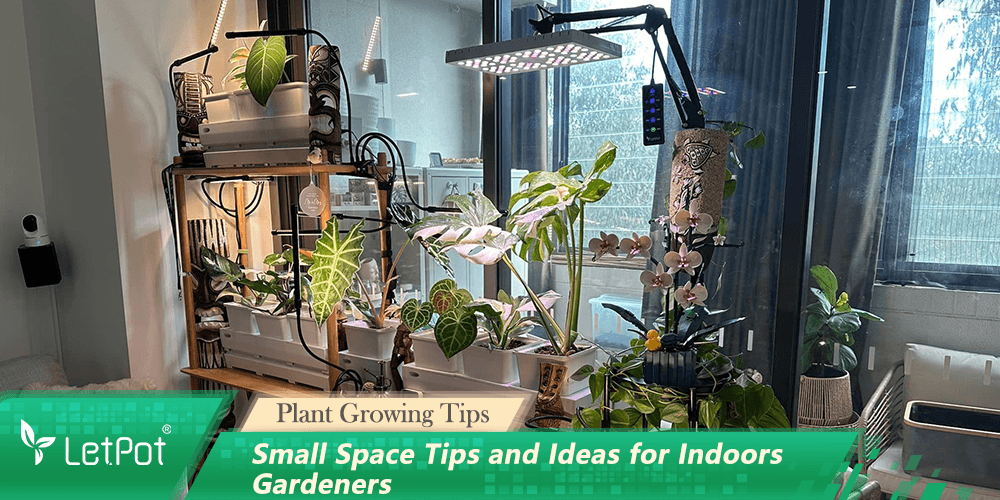
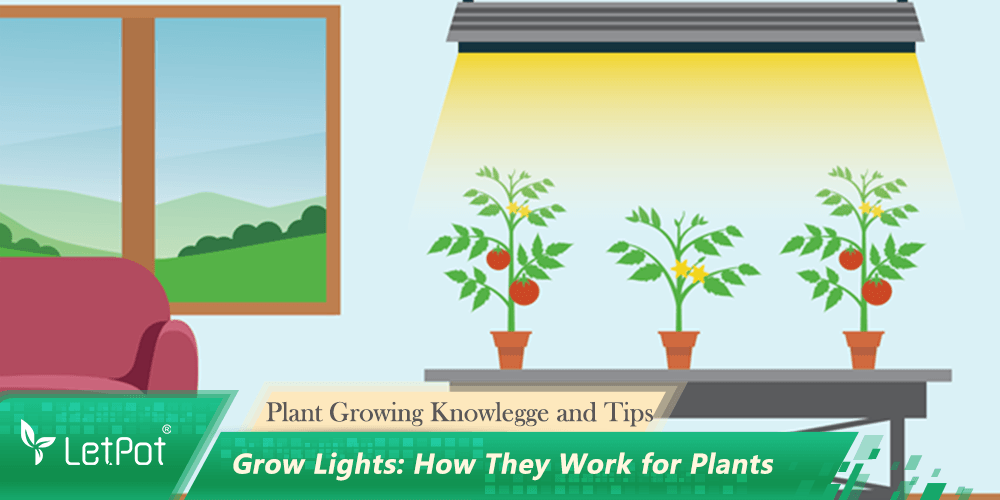
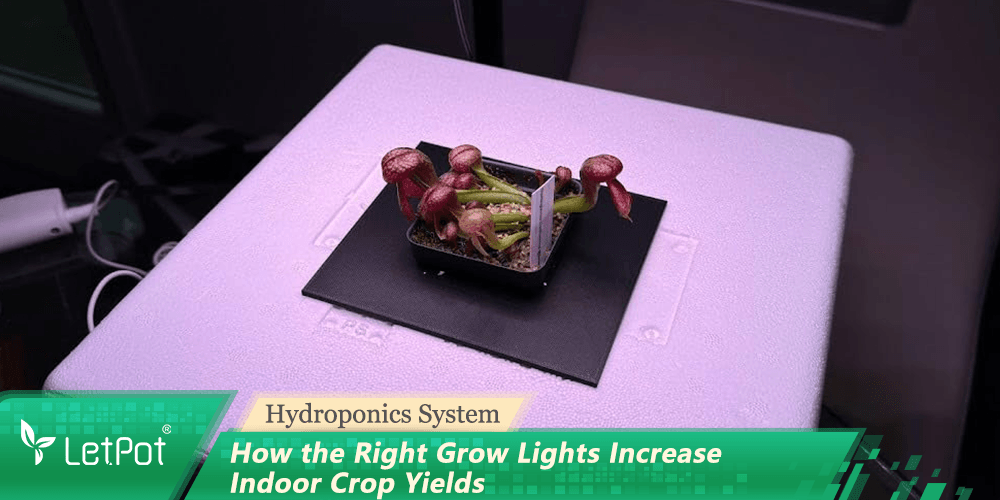
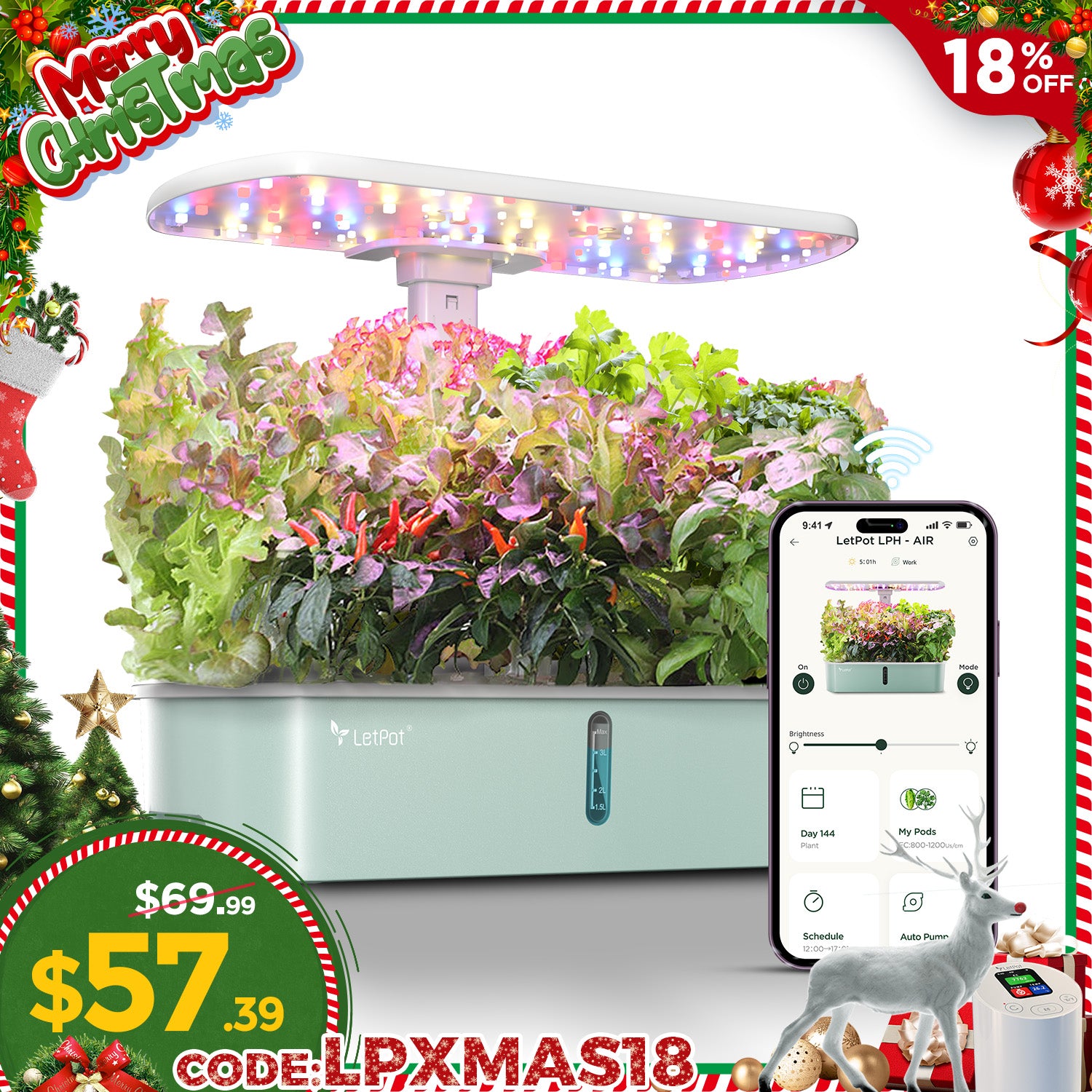
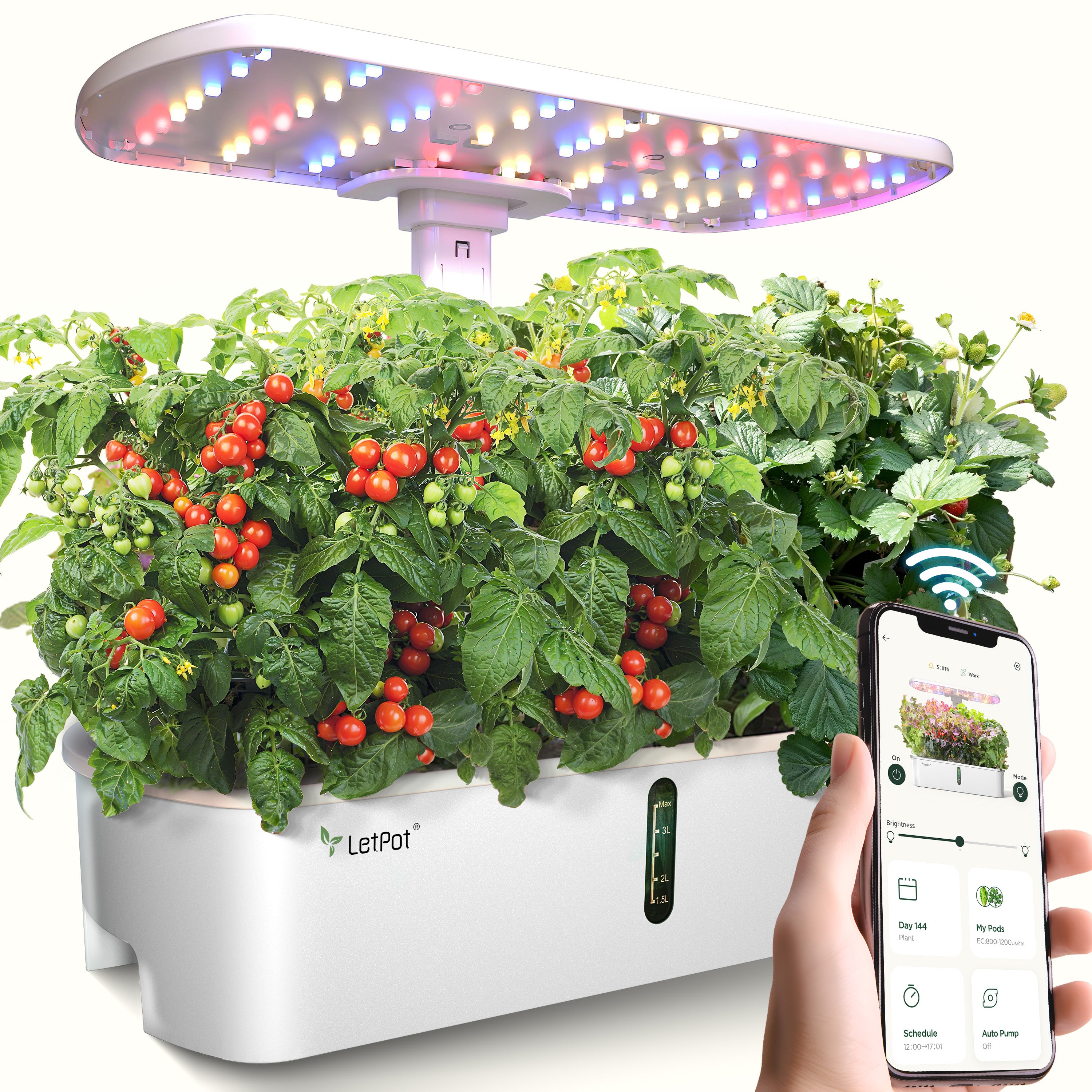
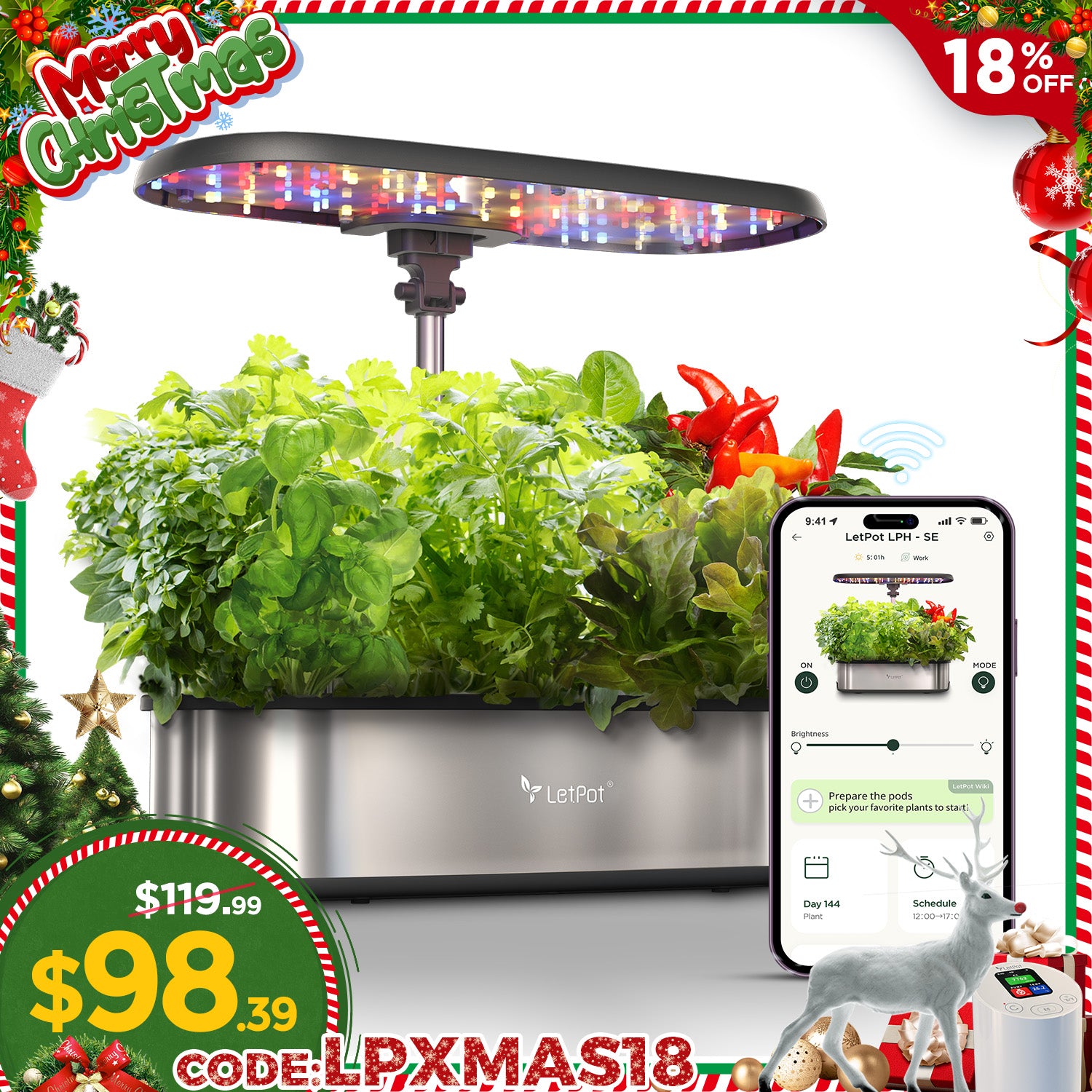
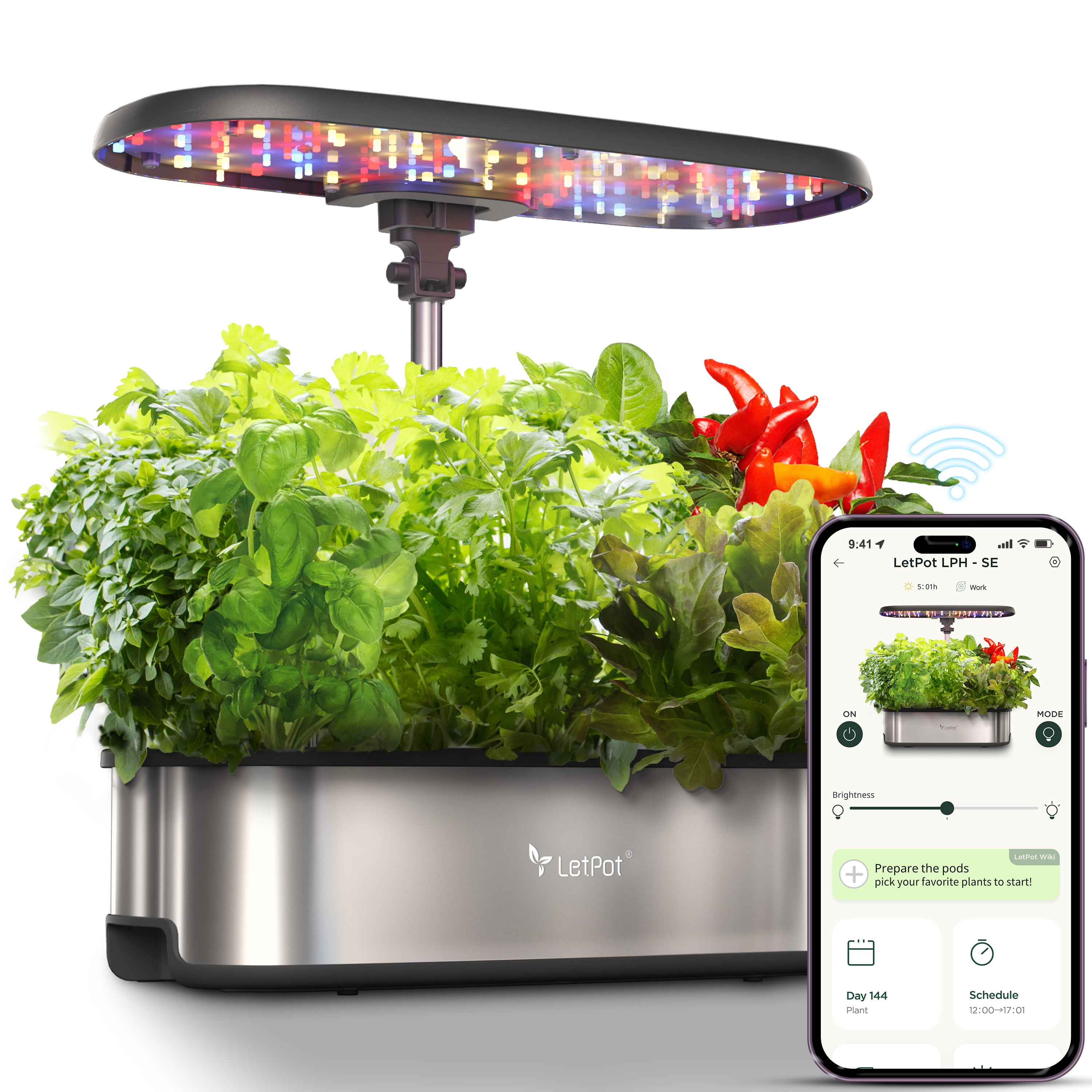
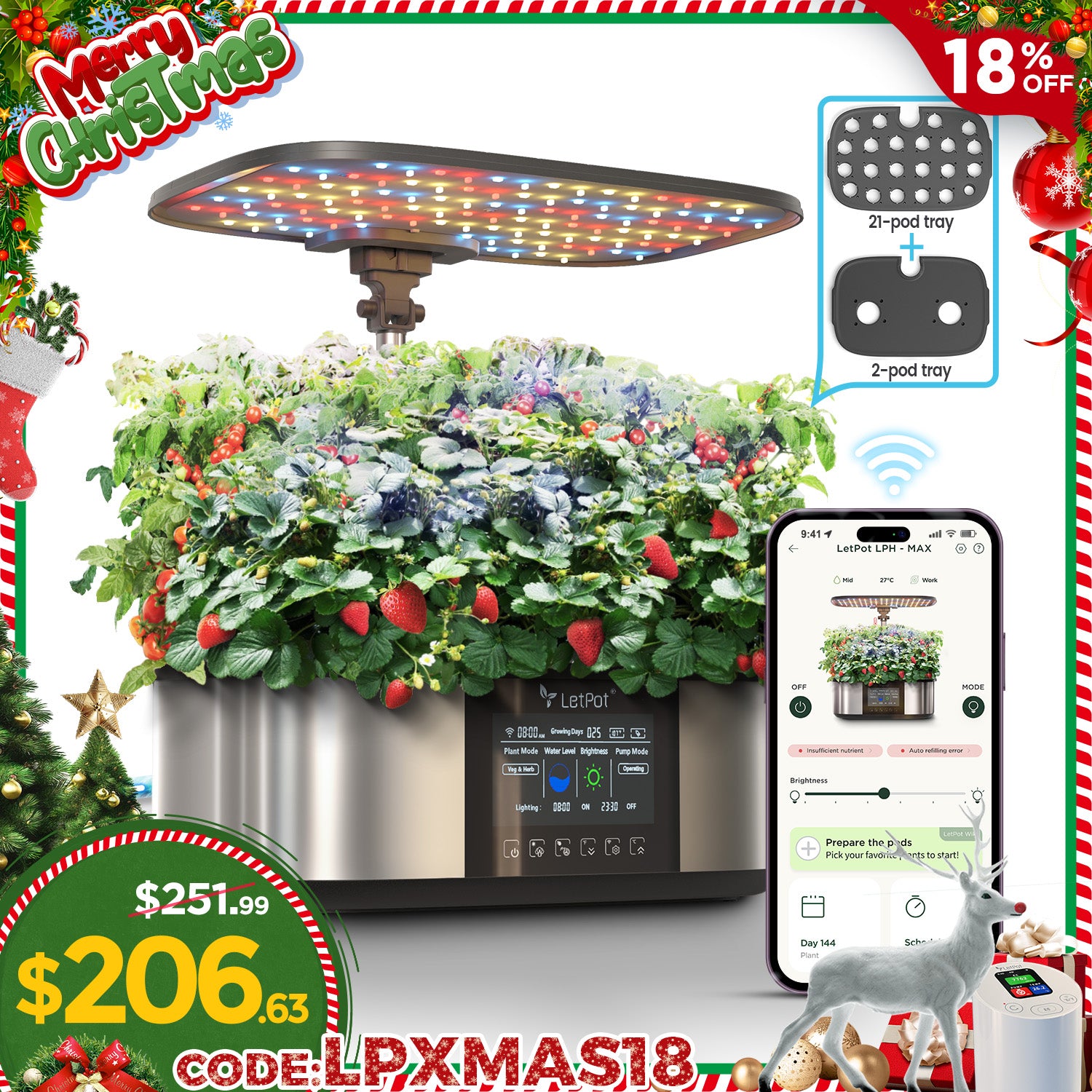
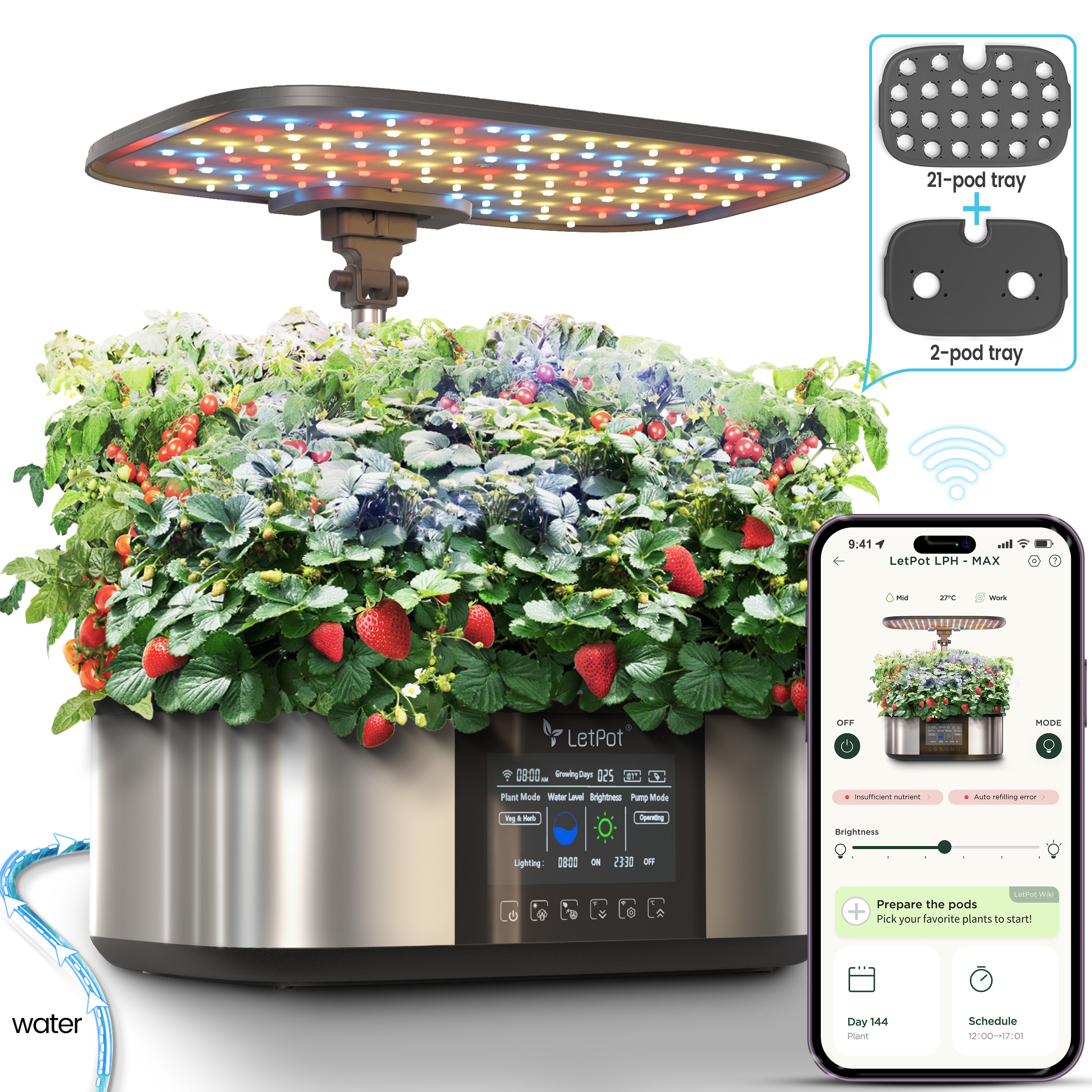
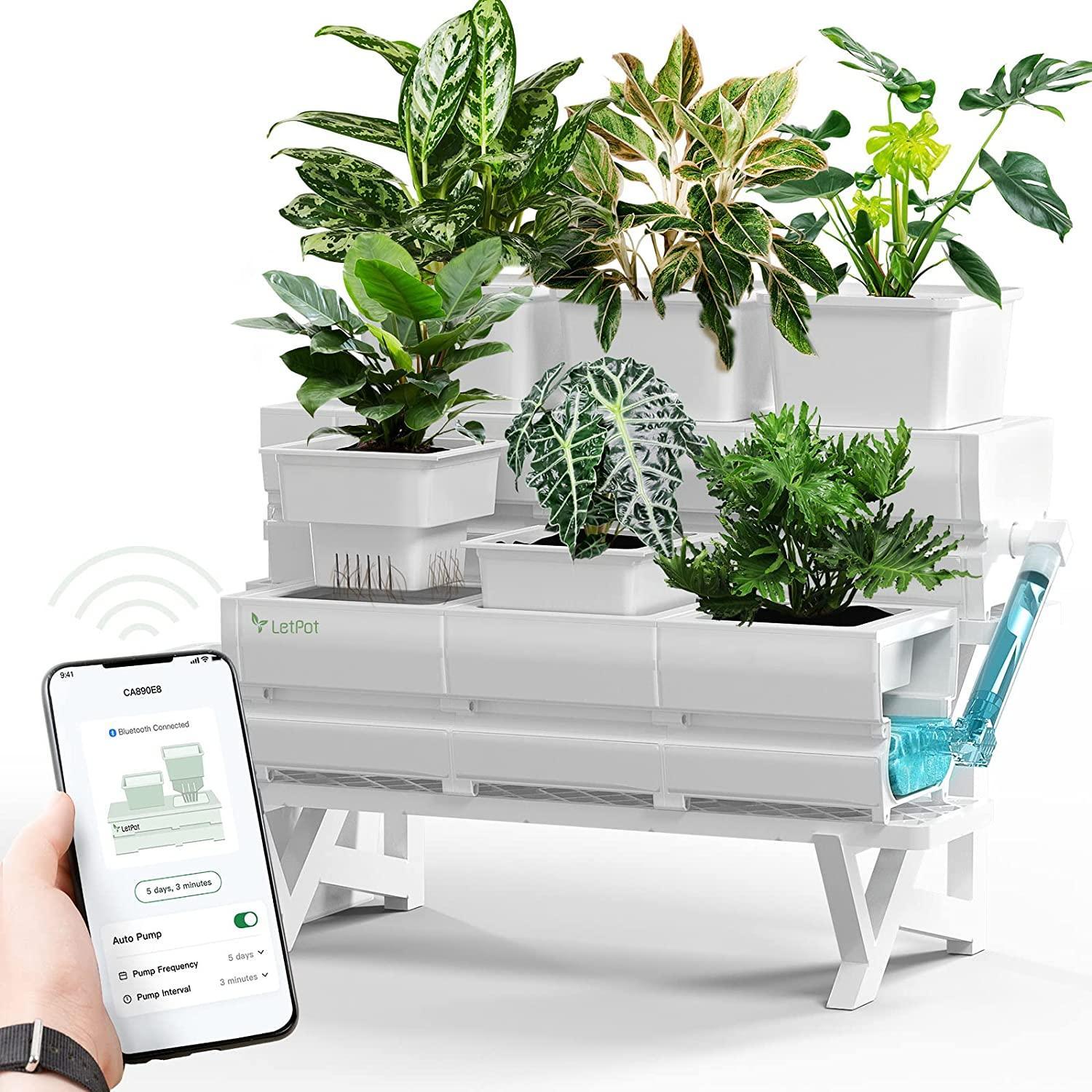
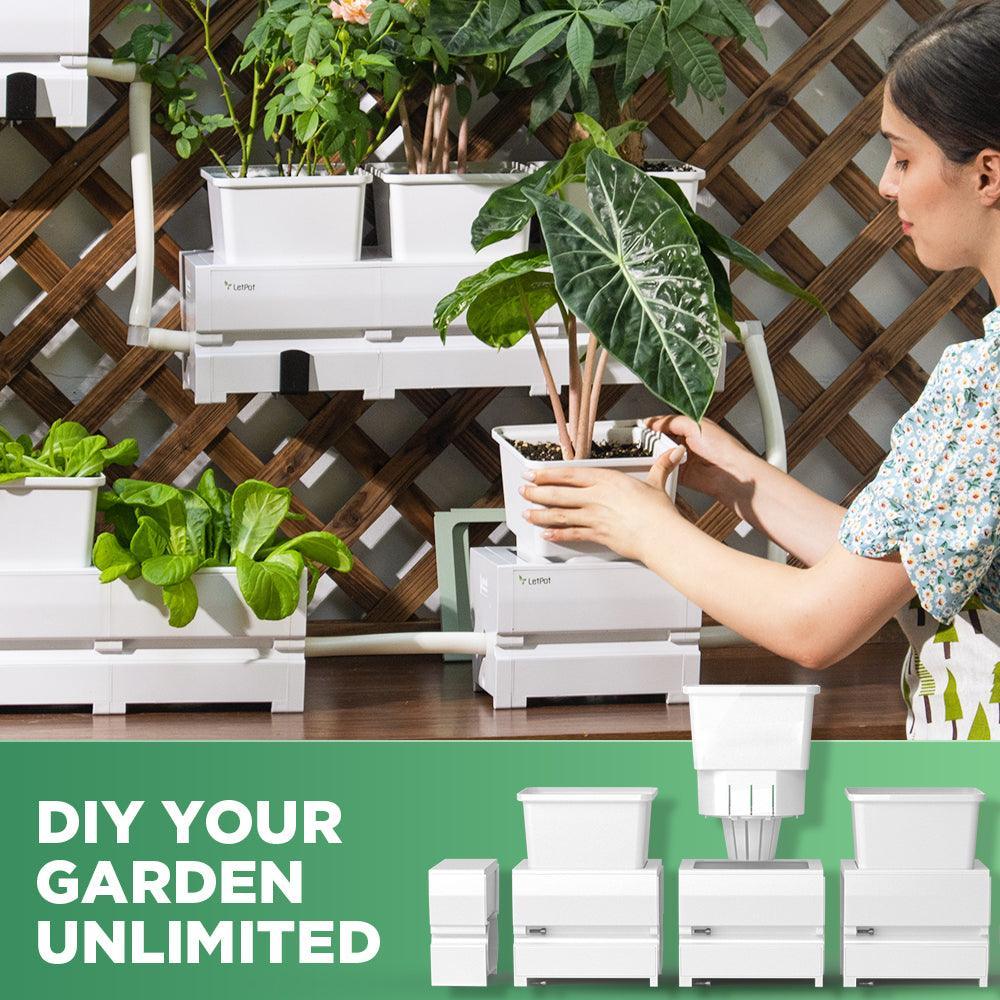
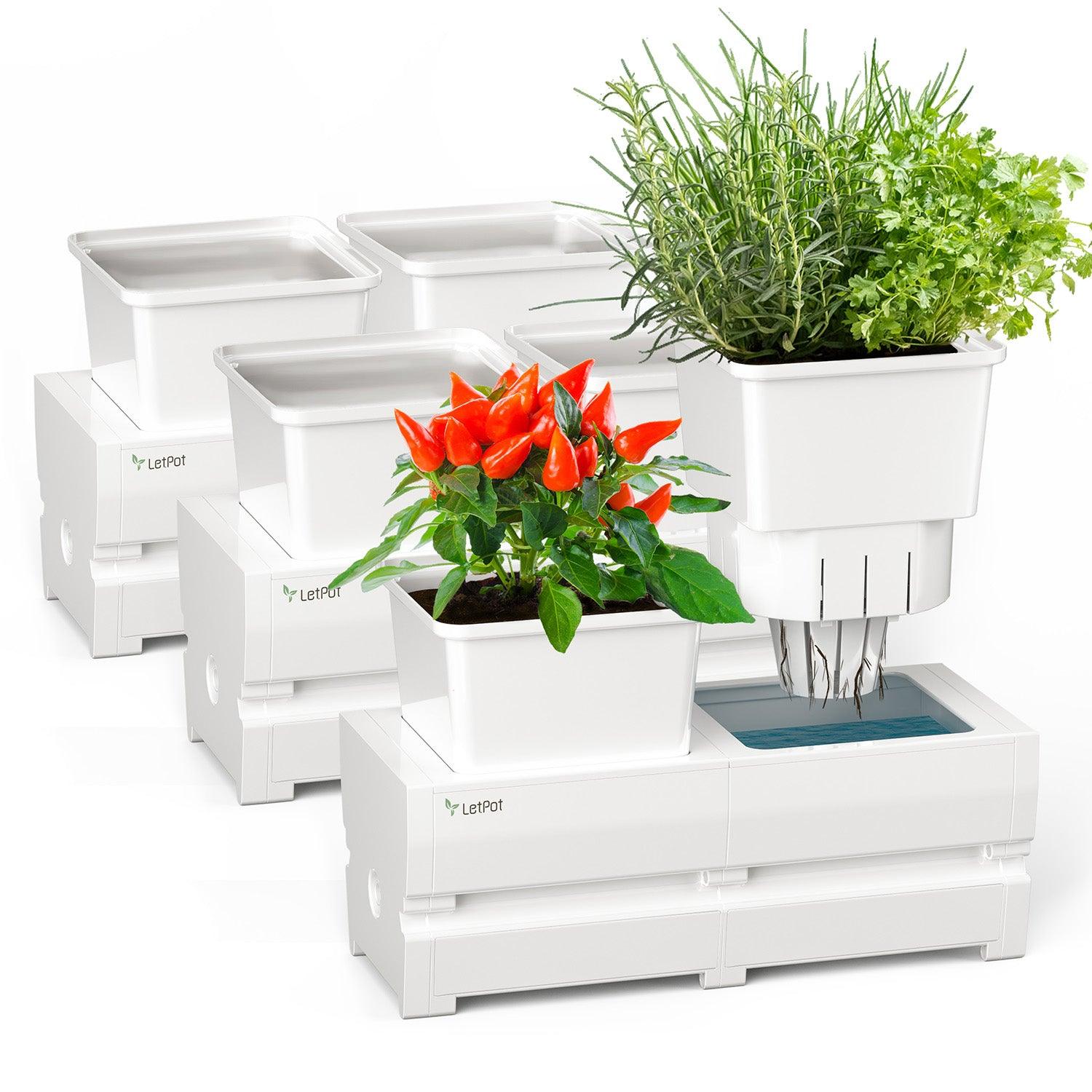

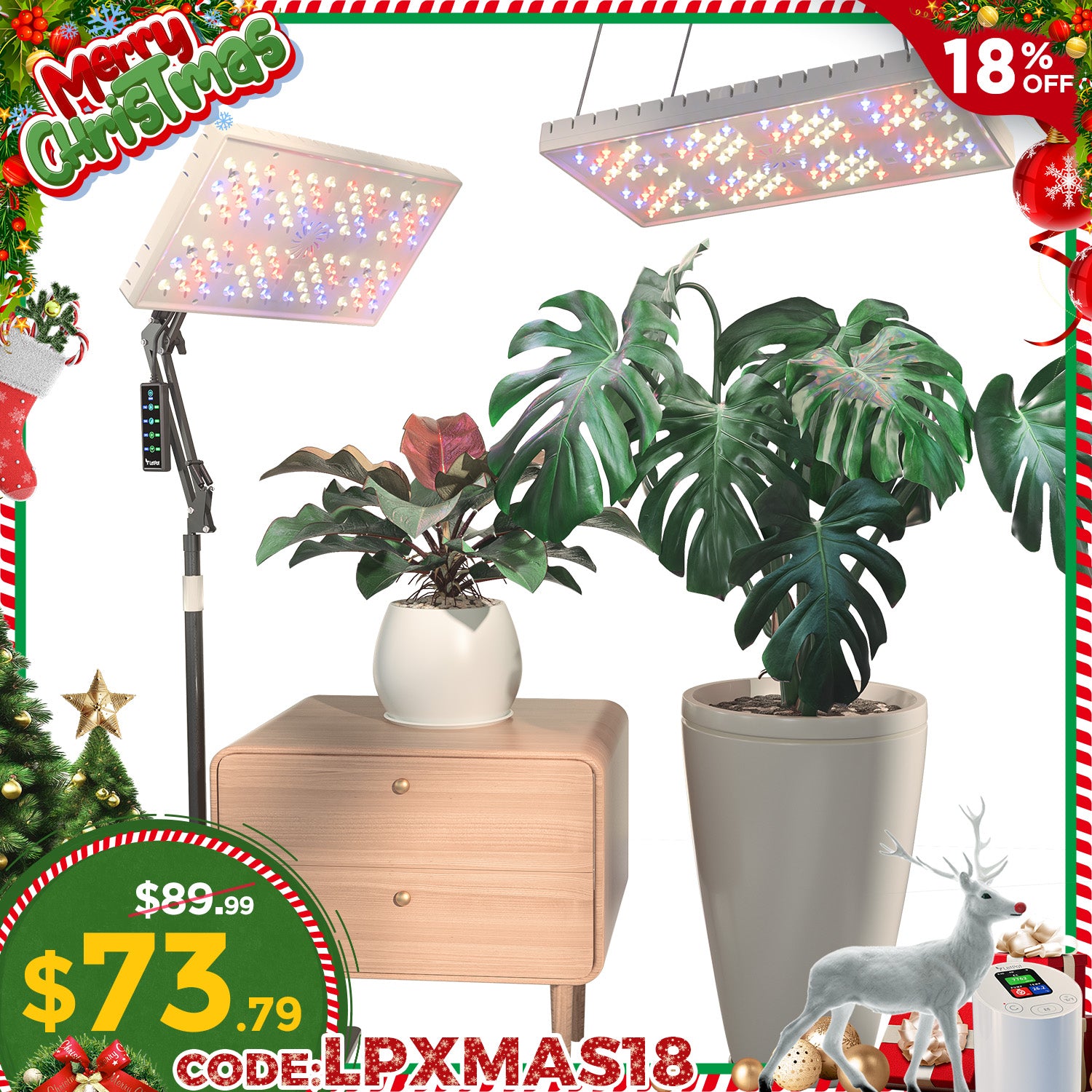

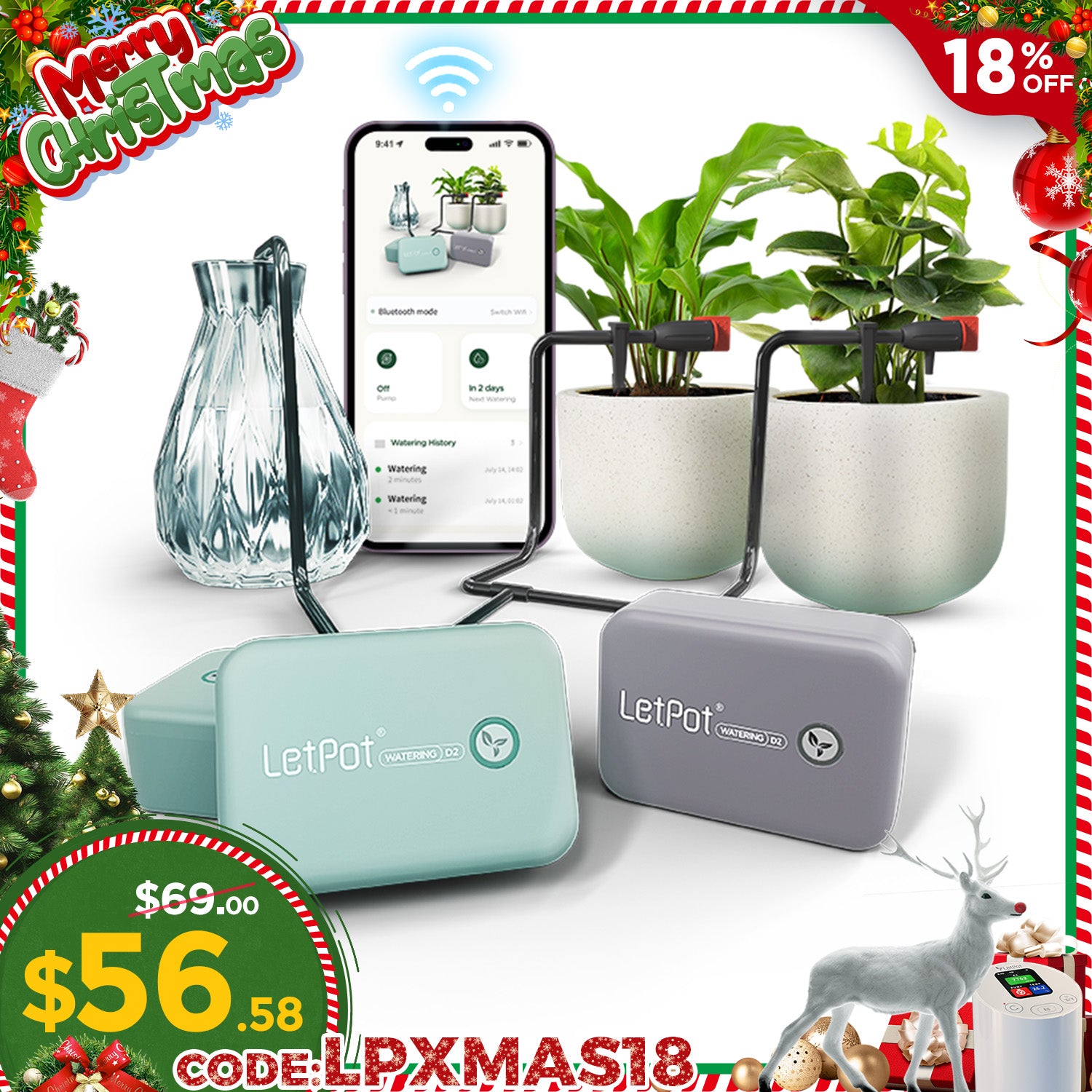
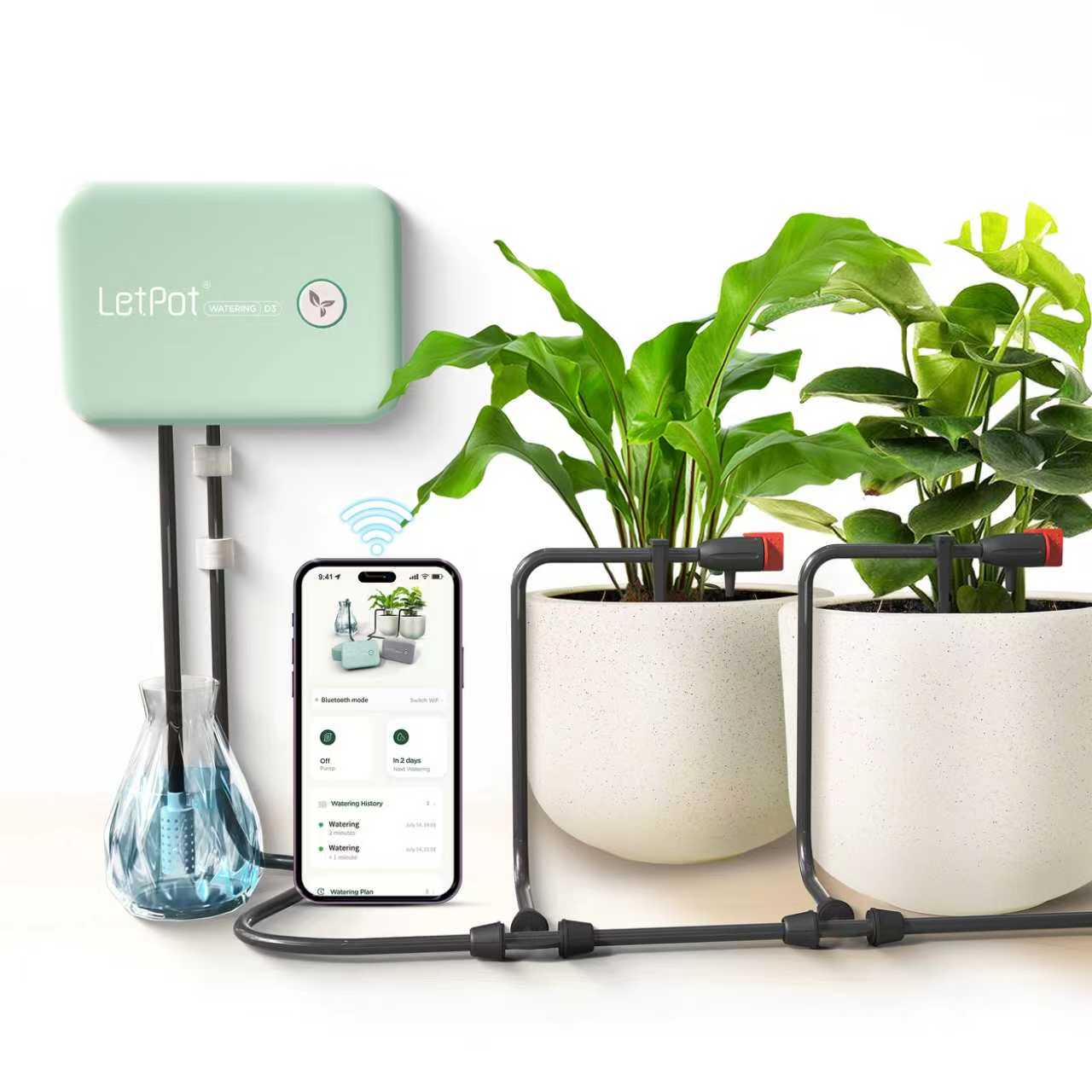
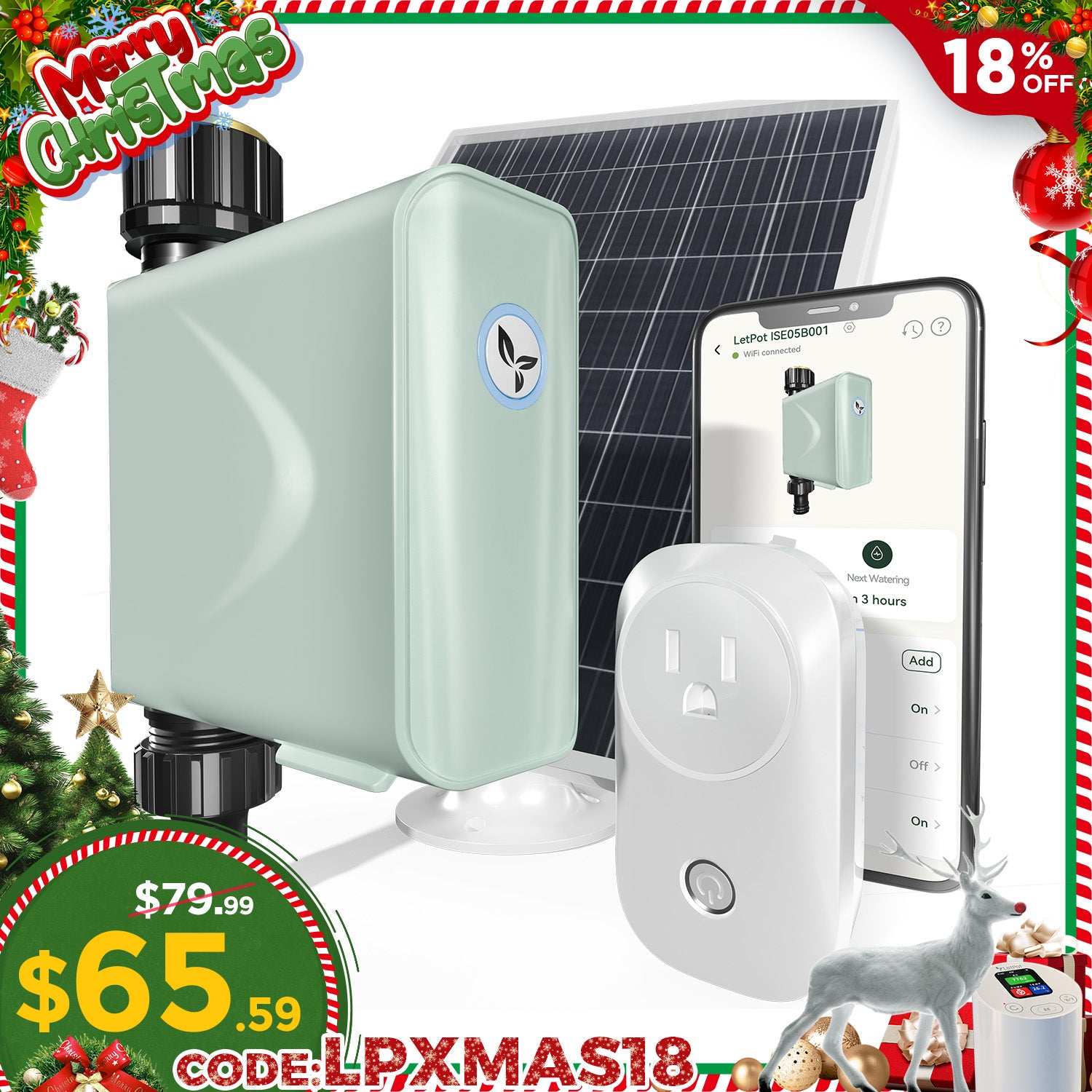
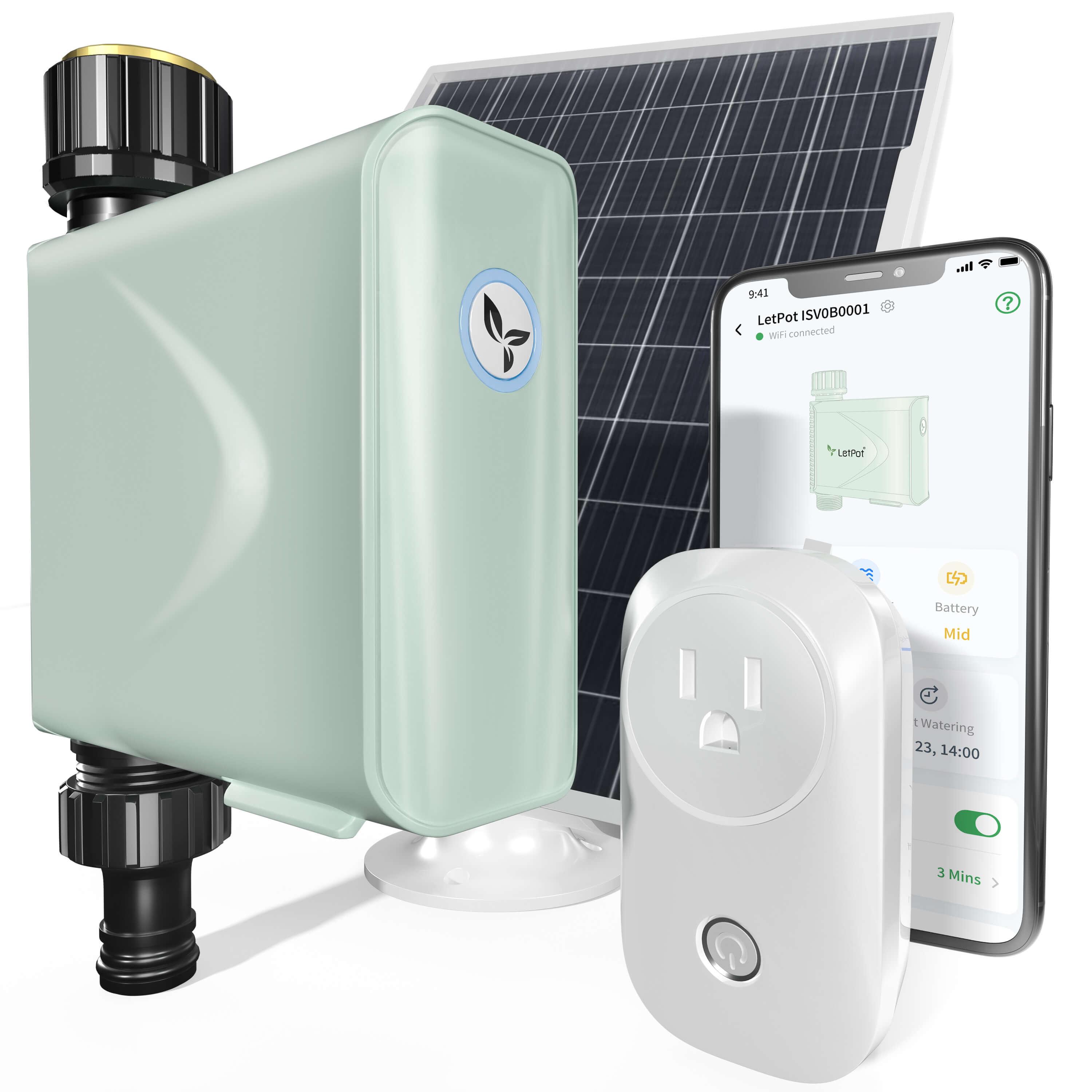

Leave a comment
All comments are moderated before being published.
This site is protected by hCaptcha and the hCaptcha Privacy Policy and Terms of Service apply.